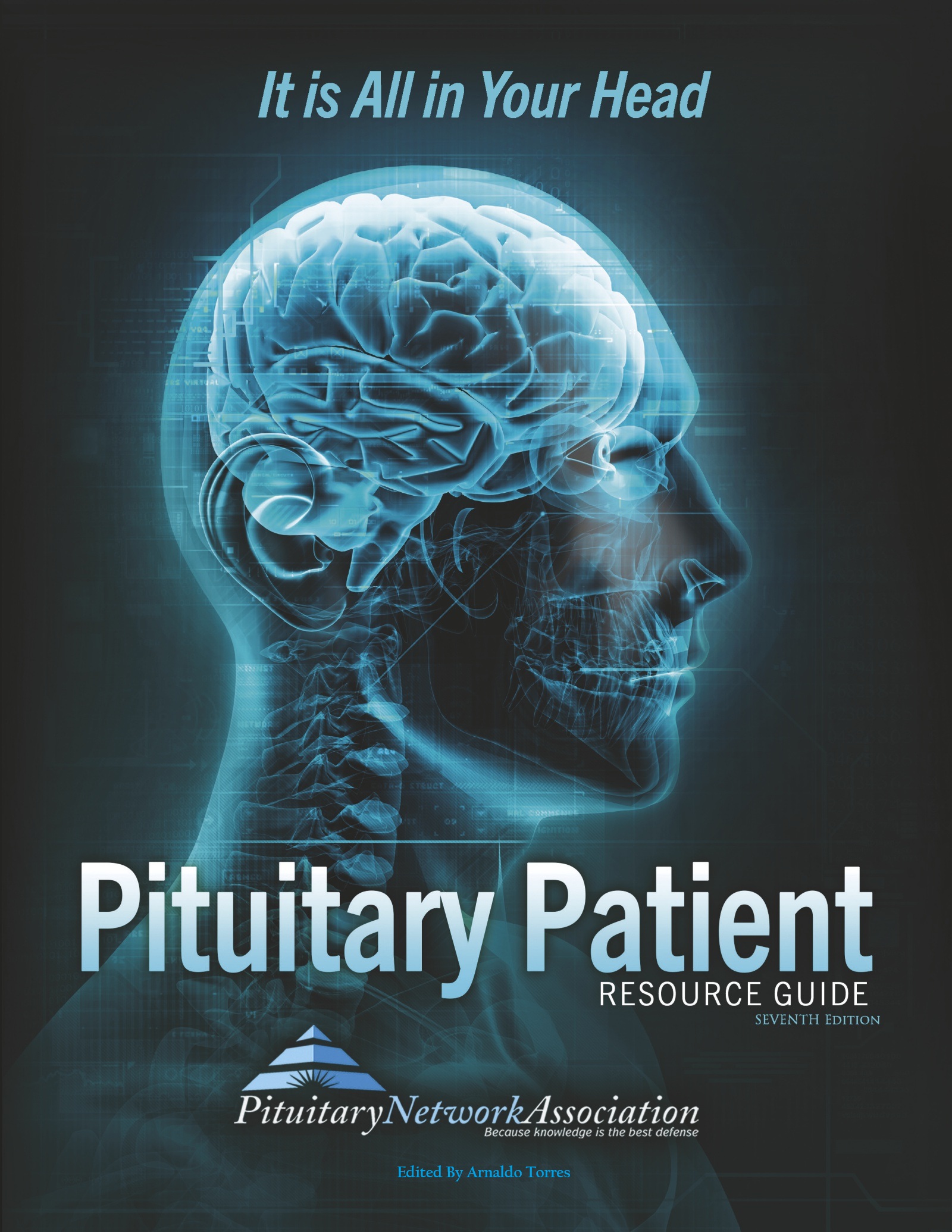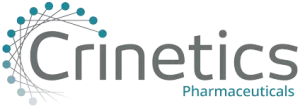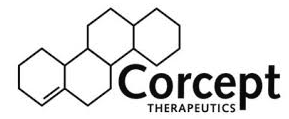Adult Growth Hormone Deficiency
By Dr. Caroline Morton and Dr. David Hoffman
In this article we will define the features of adult GH deficiency, discuss the issue of adult GH replacement therapy and highlight areas of future investigation and direction.
Dr. Caroline Morton and Dr. David Hoffman are from the Clinical Investigation Unit, Garvan Institute of Medical Research, St. Vincents Hospital, Darlinghurst, Sydney, Australia
Introduction
Growth Hormone (GH) derives its name from its earliest recognized function, that is, the stimulation of growth during childhood development.
The role of GH in determining height has previously been reviewed as its sole function. For this reason GH has been used as a form of replacement therapy in GH deficient children and discontinued in adulthood.
GH, however, continues to be produced in significant quantities throughout adult life, remaining the most abundant hormone in the adult pituitary gland. The recent development of biosynthetic GH from genetic engineering has attracted increased interest to the function of GH in adult life.
Clinical studies using this biosynthetic GH have confirmed that GH continues to play a vital role in optimizing health even after attainment of final adult height and has demonstrated that adults with long-standing GH deficiency derive substantial benefit from GH replacement.
Cause
GH deficiency in adults results from permanent damage to the pituitary gland, which may have occurred in childhood or adulthood. Interference in the production of GH from the pituitary gland is most commonly caused by a pituitary tumor.
Damage to the pituitary may arise from the tumor itself or occur as a result of medical intervention to treat the tumor, such as surgery and radiotherapy. Some children are born with the inability to produce GH and therefore remain GH deficient throughout life.
Diagnosis
A diagnosis of GH deficiency can readily be made in patients with pituitary disease. A single measurement of GH in the blood is not useful because the release of GH from the pituitary gland only occurs intermittently. A variety of tests are used for the diagnosis of GH deficiency.
However, the one most frequently used is the Insulin Tolerance Test (ITT). This test involves the use of insulin, which lowers the blood sugar level in order to stimulate the pituitary gland to release GH. Blood samples are taken at timed intervals for two hours to capture the GH response. GH deficiency is diagnosed if GH levels do not rise.
Clinical Consequences
The main clinical features of adults with GH deficiency relate to body composition, physical performance and psychological well being. Body composition is often significantly altered with an increase in fat, predominantly abdominal fat, and a decrease in muscle mass, which in turn translates to reduced muscle strength and exercise capacity. Patients also have difficulty with weight control. General well being of GH deficient adults may be affected, consequently reducing vitality and energy.
Psychological well being may also be impaired and this may be seen as depressed moods and increased anxiety levels. These clinical consequences, summarized in the table on the next page, leave the GH deficient adults being disadvantaged both physically and psychologically.
Treatment
Research studies concerning adult GH replacement have consistently shown significant beneficial effects. GH replacement reduces total body fat and in particular fat around the abdomen. It also increases lean body and muscle mass, which improves strength and exercise tolerance.
| Clinical Consequences of Adult GH Deficiency | |
| Symptoms | Signs |
| Increasing abdominal fat | Overweight |
| Reduced vitality and energy | Increased body & abdominal fat |
| Poor general health | Skin thinning & dryness |
| Reduced strength | Reduced muscle mass |
| Depressed moods & anxiety | Low mood |
Physical fitness is also increased which appears to be related in part to an improvement in cardiac function.
General well being is seen to be greatly enhanced, positively influencing overall quality of life and personal productivity.
GH is administered by daily injection very similar to the way in which people with diabetes self-administer insulin. Side effects relating to GH replacement therapy are mild and chiefly relate to fluid retention.
The most commonly reported effects are muscle aches, joint discomfort, headaches and swelling of the hands and feet.
All of these side affects are transient and respond to a reduction in GH dose.
As a result of benefits experienced by GH deficient adults, GH for adult use has been registered in Europe, New Zealand, United Kingdom, Brazil and the United States. In Australia GH is registered for use in children with GH deficiency; its use in adults is currently under review by regulatory authorities.
Future Investigation & Direction
The benefits of GH replacement in adults with GH deficiency is now well established. Work in the area of adult GH replacement continues to grow and is currently focussing on investigating the following:
- What is the most appropriate dose?
- How can people be reliably identified for treatment?
- How can any potential side effects be minimized?
Conclusion
Until recently adult GH deficiency was largely ignored. However it is now clear that adults with untreated GH deficiency are both physically and psychologically compromised and derive substantial and often dramatic benefit from GH replacement.
The very real prospect of lifetime GH replacement in adults means that careful monitoring of those receiving treatment must be undertaken and research to ensure its efficiency and safety must be continued.
Bibliography
Baum H.B.A., Biller B.M.K., Finkelstein J.S., Cannistraro K.B., Oppenheim D.S., Schoenfeld D.A., Michel T.H., Wittink H., Klibanski A., (1996), Effects of Physiologic Growth Hormone Therapy on Bone Density and Body Composition in Patients with Adult-Onset of Growth Hormone Deficiency, Annals of Internal Medicine, 125:11, 883-890
Burman P., Broman J.E., Hetta J., Wiklund I., Erfurth E.M., Hagg E., Karlsson F.A., (1995), Quality of Life in Adults with Growth Hormone (GH) Deficiency: Response to Treatment with Recombinant Human GH in a Placebo-Controlled 21-month Trial, Journal of Clinical Endocrinology and Metabolism, 80:12, 3585-3590
Cuneo R.C., Salomon F., McGauley G.A., Sonksen P.H., (1992), The Growth Hormone Deficiency Syndrome in Adults, Clinical Endocrinology, 37: 387-397
Hoffman D.M., Ho K.Y., (1997), Growth Hormone Deficiency in Adults, The Endocrinologist, 7: 233-237
Juul A., Jorgensen J.O.L., (1996) Growth Hormone in Adults – Physiological and Clinical Aspects, Cambridge University Press, Cambridge
Rosen T., Wiren L., Wilhelmsen L., Wiklund I., Bengtsson B.A., (1994), Deceased Psychological Well-being in Adult Patients with Growth Hormone Deficiency, Clinical Endocrinology, 40: 111-116






